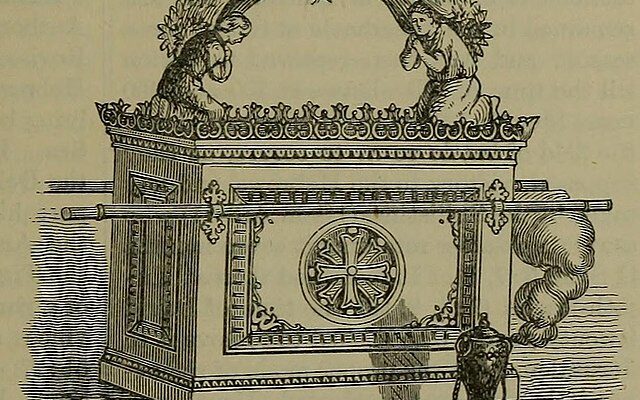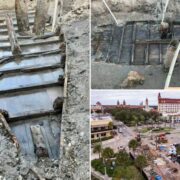
The Jerusalem Post writes that Shiloh served as the first major religious center of Israel after the Exodus. According to the First Book of Samuel, the high priest Eli presided over the Tabernacle there. During a war with the Philistines, the Israelites carried the Ark from Shiloh to the battlefield, lost the battle, and the Ark was captured. When a messenger relayed the news to the 98-year-old, nearly blind Eli, he fell from his seat at the city gate, broke his neck, and died after judging Israel for forty years.Stripling said the gate area exposed during the recent season might be the very spot where Eli’s fatal collapse occurred.
The fate of the Ark remained one of antiquity’s enduring mysteries. The last biblical references to it disappeared before the Babylonian destruction of Jerusalem in 586 BCE. Leviticus 16:2 warned that even the high priest could enter the inner sanctuary only under strict conditions, and Second Samuel recorded deadly consequences for those who touched or looked inside the Ark.









